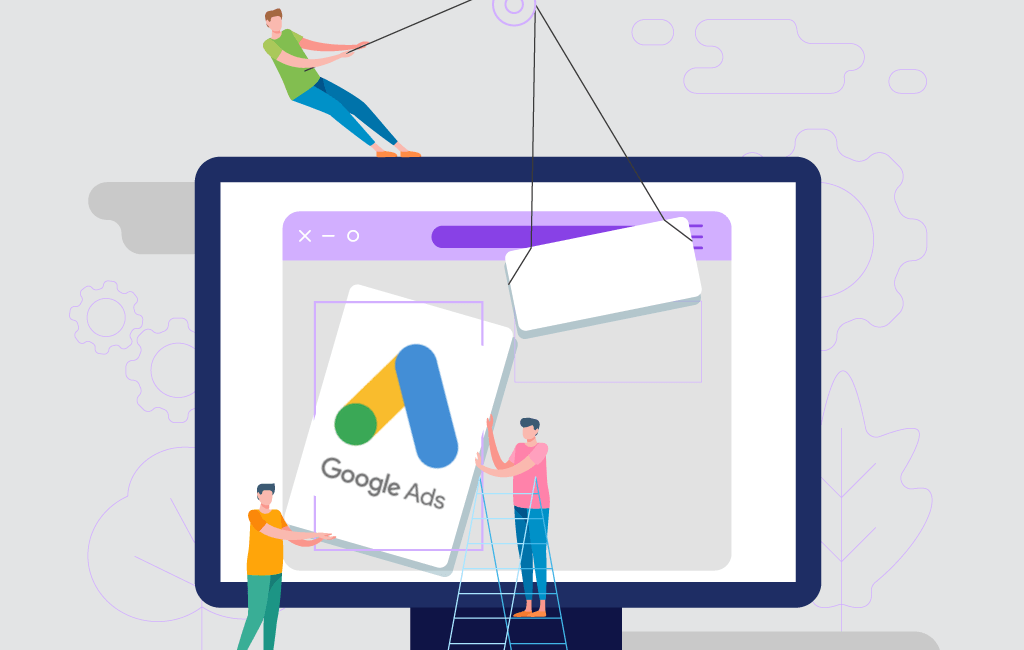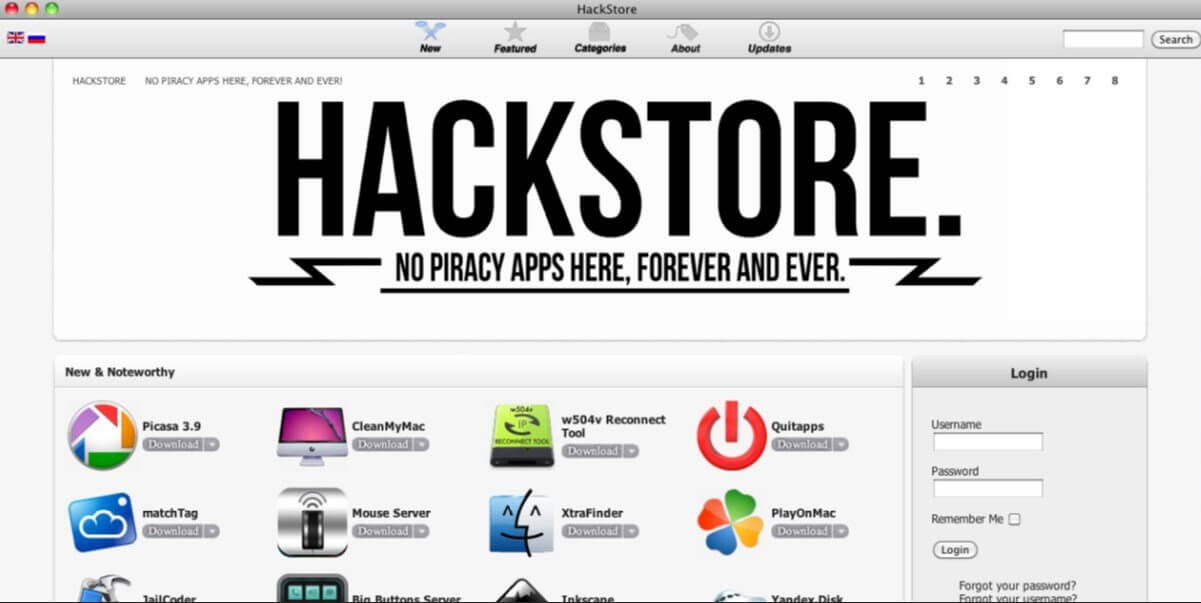Google Adsis, without a doubt, the star tool inSEM. It can help us achieve highly-qualified traffic, increase the visibility of a brand around the world and, of course, achieve conversions, all at a very low cost.
But althoughGoogle Ads campaignshave a very intuitive interface, it is true that there are many parameters to control and that it is difficult to optimize them well from the beginning. So to make things clear, let’s see some basic concepts to master this tool and a step-by-step guide to create the best campaigns.
Also Read: Best Android Games Available On Google Playstore
Important concepts about Google Ads
Keywords
A keyword or keyword is theset of terms that a user enters in a search engine such as Google. It can be a single word, multiple words, or even an entire phrase, for example “Buy cheap trips to New York.”
Keywords are like the “building blocks” of a Google Ads campaign. Thanks to them, Google can know which topics are of interest to a specific user at a certain time, and show them ads according to them. Thanks to a good selection of keywords, we will ensure that you are creating truly relevant advertising.
Match types
Matchtypesdetermine to what extent the term entered by the user in the search engine must match our keyword. We can choose between:
- Wide Match– This is the one that is assigned by default. Includes synonyms, misspellings, related searches, and other variations. For example, if the keyword is “women’s hats,” the ad might appear when you search for “buy women’s hats.”
- Wide Match Modifier– Includes slight variations, but not synonyms, and search terms can appear in any order. For example, “buy a hat for women”.
- Phrase match: Based on the exact match of a part of the text that the user searches for with the keyword in question. For example, for “women’s hats,” the ad would display “buy women’s hats,” but not “cheap women’s hats,” since putting a word in the middle breaks the match.
- Exact match: as the name implies, in this case the ad would only be displayed if the user enters the exact keyword.
- Negative match: This option is a bit different, since here we enter the keywords for which we do not want the ad to appear. A popular term is “free” as we want to filter out users who are not interested in buying.
Advertisements
Thesearch engine advertisingis always totext ads. These ads should correspond as much as possible with the terms that the user has entered in the search engine. For example, if you searched for “Buy Cheap Trips to New York,” you might find an ad titled “Find Cheap Trips to New York.” On the other hand, if you find something like “Cheap Flights to Singapore”, chances are you’re not interested.
Also Read: What is Google Analytics?
Within a Google Ads text ad, we can distinguish several elements:
- Title: Currently, Google Ads campaigns support up to three different titles with a maximum of 30 characters each. Depending on the device the user is using, the titles will be displayed in different ways. If there are several titles on the same line, they will be separated by a vertical bar.
- Visible URL: That is, the advertiser’s website address. Google Ads allows you to customize this parameter, so that the real domain of the website is displayed and then the words that the user chooses. For example, www.viajesbaratos.com/Nueva-York. Customizable text is limited to 15 characters.
- Description: Here you can include up to two descriptions of 90 characters each. Typically, they are used to expand title information, and it is recommended to always enter a call to action.
- Extensions: Extensions allow you to expand the information of the ad text with a lot of options, such as company locations, telephone, additional links or product prices.
Pay per click
The million dollar question arrives: how much does a Google Ads campaign cost?
Theadvertising on the Google search enginefollows a model pay per click or PPC , that is, we will pay for each time a user does click on ads.
This advertising uses anauctionformat , that is, all advertisers bid on that space and keyword and decide the maximum price they are willing to pay. From there, Google uses a series of parameters to determine which ads are to be displayed and in what order.
The next million dollar question is, logically, what these parameters are. The crux of the matter is theQuality Score.
The Quality Score is a score from 1 to 10 that Google assigns to each keyword of the account. The higher it is, the less we will pay for the ads and the better they will be in the search engine. This score is determined based on:
- TheCTR or “click through rate”, that is, the percentage of users who click on the ad out of the total number of users who see it. The higher the relationship between ad and keyword and the attractiveness of the ad, the higher the CTR achieved.
- Therelevance of the ad, that is, to what extent it corresponds to the keyword searched by the user.
- Thelanding pagethat the user reaches after clicking. Once again, what we are looking for is a good relationship between the keyword and the contents of the page, as well as a good user experience.
How to create a great Google Ads campaign step by step
1) Set goals
You already know that setting realistic and consistent goals for your business should be the first step in any marketing campaign.
Thecampaigns Google Adsare very versatile, because we can use them to turn to the user at different stages of thefunnel.
The most traditional strategy is based on acting on the last phase of the conversion funnel, when the user is ready to buy. This allows high conversion rates and fast results to be achieved, but has the disadvantage that the competition can be very high. Since advertising is paid on an auction basis, this usually involves a high cost per click.
On the other hand, we can use Google Ads to reinforce our inbound strategy , introducing keywords that are not related to the time of purchase but to the appearance of the need. The advantage in this case is that the competition and the costs per click are much lower.
2) Research your keywords
A goodselection of keywordscan make the difference between success or failure inGoogle Ads.
In general, it is recommended to start with “brainstorming” techniques and then analyze each potential keyword to stay with the ones that interest us the most. For the first step, we can use related searches from Google’s own search engine. To introduce us further, the star tool is the keyword planner of Google Ads itself ( Keyword Planner ), although there are also other options such as SEMRush .
To decide if a keyword interests us or not, we must take into account these key aspects:
- Search volume.Does it attract enough attention to generate relevant conversion volume?
- Competition and price per click. If we have an estimate of the click-to-conversion rate and the ROI of each new client, we can easily see what our limit price is.
- Intentionality. Here we have to put ourselves in the skin of the user who searches for this keyword, to see if he is looking for general information, if he has a specific need related to our products or if he is ready to buy.
3) Decide the structure of your account
In order to start working with Google Ads, you have to be clear about the different levels of structure within an account.
First, we find thecampaigns. In general, we must bear in mind that each objective will have a separate campaign. Within the campaign, we can configure these options:
- The type of campaign. In this guide we are focusing on search, but there are also other options such as display network campaigns.
- The ubication. Very important to eliminate unwanted clicks.
- Language.
- The bidding strategy (automatic or manual)
- The daily budget.
- The device.
Next, we have thead groups. At this level we configure the internal structure of the campaigns according to themes and control the relationship between keywords and ads. My advice here is to try to create clearly differentiated themes, for example, the different product lines of your ecommerce.
And finally, within each ad group we will include a list ofkeywordsandads.
4) Configure your campaign
Let’s do it! Let’s see how tocreate and configure a campaign in Google Adsstep by step.
- Sign up at https://ads.google.com or sign in if you already have an account.
- Decide the daily budget for your campaign. To help you make the best decision, Google estimates the coverage you can achieve with the budget entered.
- Define the location of your target audience. As we have seen, this is essential to rule out users who are outside the scope of your products.
- Choose the network. If you want your ad to only show in the Google search engine, you will have to uncheck the “Display Network” option.
- Write your keywords. Don’t forget about the matches!
- Set the maximum offer you are willing to pay for each click.
- Create the text of your first ad.
- Enter your payment information.
And ready! With this you already have everything you need so that your advertising begins to show in Google Ads, but depending on the account structure you have defined, you will have to spend some time creating and organizing your ad groups.
5) Take A / B tests
The tests A / B or “split test” are one of the most effective ways to optimize your campaigns of Google Ads.
The premise is very simple: it is about doingexperimentswith some key elements of your ads, such as calls to action, title, visible URL, landing page or copy . In each A / B test, you will test two identical ads on everything except the version of the item to be tested. If you have more than two variants, you can do a second A / B test and then compare the winners with each other.
For an A / B test to be truly effective, we have to wait until both versions have received a significant number of impressions and clicks before drawing conclusions.
With this technique, you will be able to filter the creatives and options that really work with your target audience and create increasingly effective Google Ads campaigns.
6) Evaluate the results
Last but not least, do not fall into a common mistake when creating campaigns in Google Ads: configure your ads and forget about the account for weeks or months.
No matter how well designed your campaign is, it needs a little pampering, attention and adjustments to do its best. But there is no point in obsessing and making premature changes either. Therefore, I recommend that you establish regular monitoring moments (for example, every end of the month) to study what is happening in your account and how you could improve.
As you have surely already observed, Google Ads offers many different metrics and it is impossible to be truly aware of all at once. Instead, we must choose whichKPIsbest correspond to the objectives set. In any case, it’s always a good idea to havequality levelandconversions under control.
You are now ready to succeed with your Google Ads campaigns!




